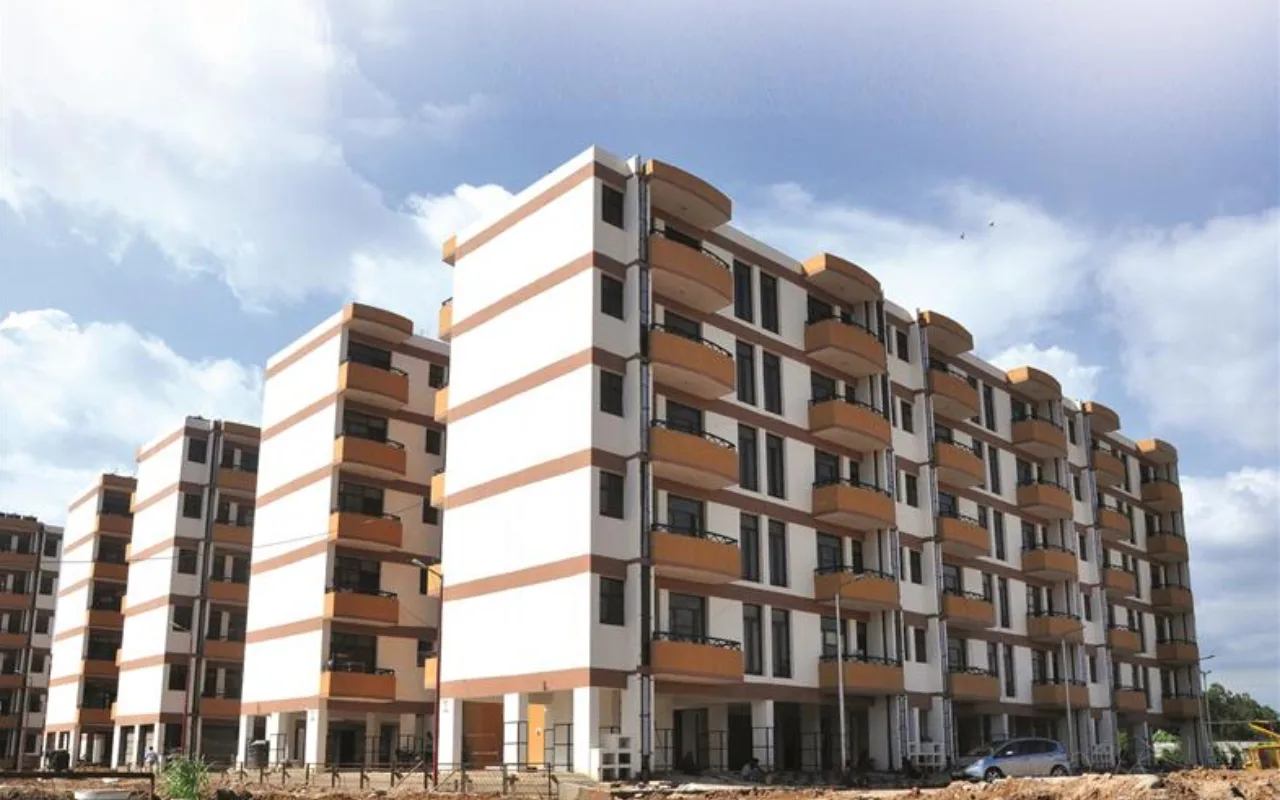For many Indians, the dream of owning a pucca (permanent) house has felt distant. But the Pradhan Mantri Awas Yojana (PMAY), launched in 2015, is working to bridge that gap. This ambitious government initiative aims to provide affordable housing for everyone, particularly those belonging to economically weaker sections (EWS), low-income groups (LIG), and middle-income groups (MIG). Let’s delve deeper into this transformative scheme and see how it’s changing lives across the country.
Understanding the Two Pillars of PMAY: Urban and Rural
PMAY is a two-pronged attack on the housing shortage in India. Here’s a breakdown of its urban and rural components:
Maruti Suzuki Swift 2024: Booking, features, launch date and price
2024 Bajaj Pulsar 125: Powerful bike with powerful updates!
-
Pradhan Mantri Awas Yojana – Gramin (PMAY-G): This scheme caters to families living below the poverty line in rural areas. PMAY-G provides financial assistance to eligible families for building new pucca houses or renovating existing ones. The financial aid varies depending on the category (plain or hilly terrain) and can significantly reduce the financial burden of constructing a secure home.
-
Pradhan Mantri Awas Yojana – Urban (PMAY-U): This program focuses on urban residents, specifically targeting EWS, LIG, and MIG categories. PMAY-U offers a credit-linked subsidy on home loans, making homeownership more accessible for these income groups. Beneficiaries can avail of interest rate subsidies on housing loans from banks and lending institutions. This subsidy can significantly reduce the monthly EMI burden, making owning a home a more realistic possibility.
Benefits Beyond Brick and Mortar: A Holistic Approach
PMAY goes beyond just providing financial aid. Here are some additional benefits that make it a well-rounded scheme:
-
Improved Living Standards: Pucca houses offer better protection from the elements, improved sanitation facilities, and a more secure environment. This can lead to a significant improvement in the overall health and well-being of families.
-
Infrastructure Development: PMAY often involves the development of essential infrastructure like roads, drainage systems, and electricity in targeted areas. This creates a ripple effect, boosting the overall development of these communities.
-
Economic Empowerment: The construction sector receives a significant boost due to PMAY, creating employment opportunities for skilled and unskilled workers. Additionally, owning a home can be a stepping stone for families to build wealth and improve their financial security.
Who Can Apply and How?
Eligibility for PMAY varies depending on the scheme (PMAY-G or PMAY-U) and income category. Here’s a simplified overview:
PMAY-G:
- Families living below the poverty line in rural areas.
- Applications are typically submitted through gram panchayats (village councils).
PMAY-U:
- EWS, LIG, and MIG households in urban areas.
- Income limits are defined for each category.
- Applications can be submitted online or through designated nodal agencies.
Important Tip: It’s crucial to check the official PMAY website (https://pmay-urban.gov.in/) for the latest eligibility criteria and application process specific to your location and income category.
Making the Dream a Reality: The Road Ahead
PMAY has already made a significant impact, with millions of houses being built or renovated across India. However, there’s still a long way to go. Here are some key aspects to consider for the future:
-
Streamlining the application process: Simplifying the application process and ensuring transparency can encourage more eligible families to participate.
-
Increasing awareness: Reaching out to remote communities and ensuring proper awareness about PMAY, particularly in rural areas, is crucial for maximizing its reach.
-
Addressing bottlenecks: Ensuring timely disbursal of funds and addressing any bureaucratic hurdles can expedite the construction process.
PMAY is a shining example of the government’s commitment to “Housing for All.” By addressing the challenges and continuing its focus on accessibility and efficiency, PMAY can empower millions of Indians to fulfill the lifelong dream of owning a secure and comfortable home.




